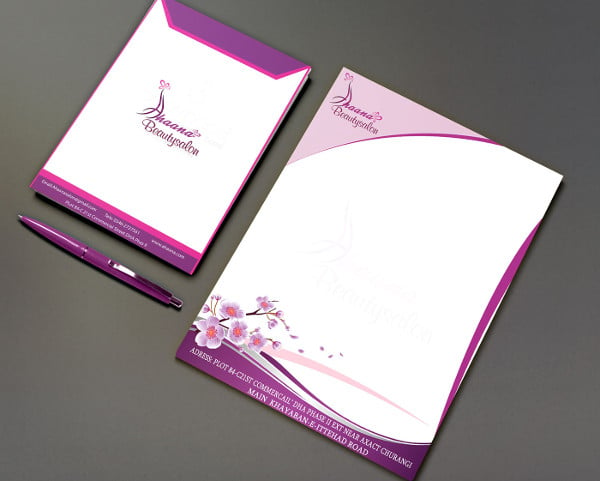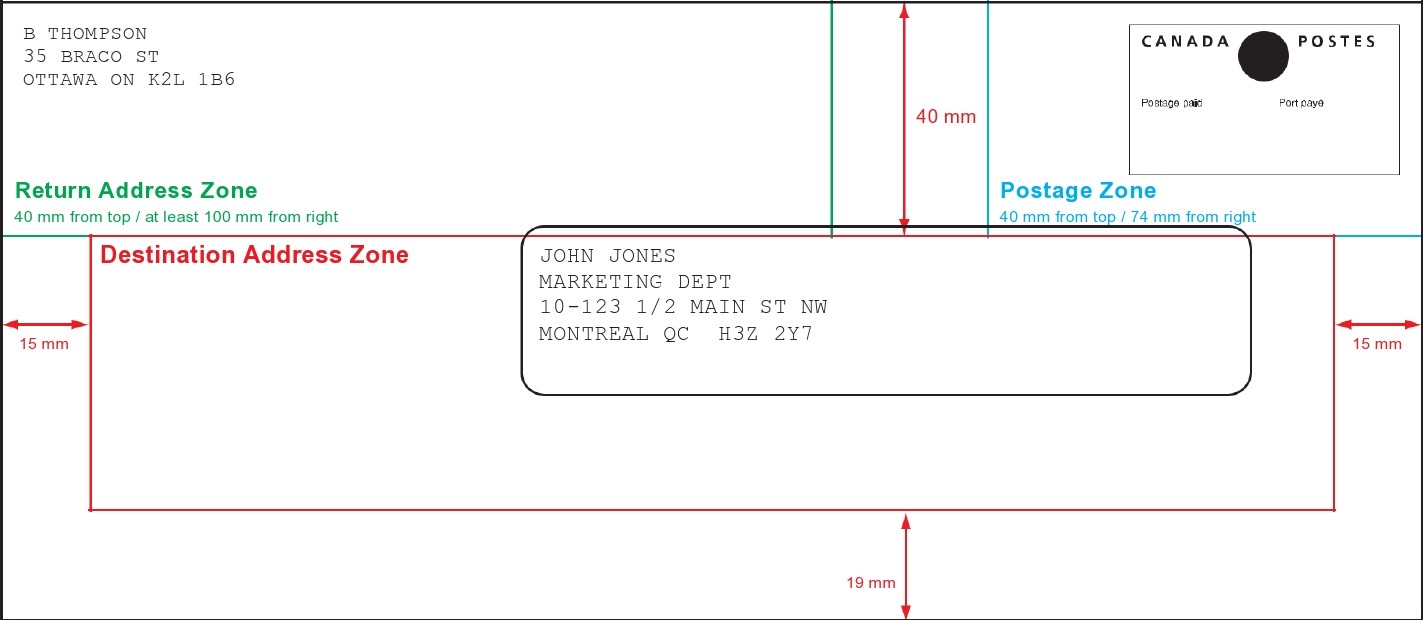

We will "fill in" the area under the density plot with a particular color.
#How to print an envelope in word on a specific pot how to
How to color a ggplot2 density plotįirst, let's add some color to the plot. We can create a 2-dimensional density plot. We can "break out" a density plot on a categorical variable. There are a few things we can do with the density plot. Now that we have the basic ggplot2 density plot, let's take a look at a few variations of the density plot.

With the default formatting of ggplot2 for things like the gridlines, fonts, and background color, this just looks more presentable right out of the box. Personally, I think this looks a lot better than the base R density plot. Ggplot(data = storms, aes(x = pressure)) + Let's take a look at how to create a density plot in R using ggplot2: I won't go into that much here, but a variety of past blog posts have shown just how powerful ggplot2 is.įinally, the default versions of ggplot plots look more "polished." ggplot2 charts just look better than the base R counterparts. Second, ggplot also makes it easy to create more advanced visualizations. ggplot2 makes it easy to create things like bar charts, line charts, histograms, and density plots. Readers here at the Sharp Sight blog know that I love ggplot2.įirst, ggplot makes it easy to create simple charts and graphs. The ggplot method to create an R density plot My go-to toolkit for creating charts, graphs, and visualizations is ggplot2. Base R charts and visualizations look a little "basic."įor this reason, I almost never use base R charts. They get the job done, but right out of the box, base R versions of most charts look unprofessional. Part of the reason is that they look a little unrefined. In fact, I'm not really a fan of any of the base R visualizations. I don't like the base R version of the density plot. Pressure_density <- density(storms$pressure) Now, let’s just create a simple density plot in R, using “base R”. We’ll use ggplot2 to create some of our density plots later in this post, and we’ll be using a dataframe from dplyr. The “base R” method to create an R density plotīefore we get started, let’s load a few packages: I’ll explain a little more about why later, but I want to tell you my preference so you don’t just stop with the “base R” method. I want to tell you up front: I strongly prefer the ggplot2 method. In this post, I’ll show you how to create a density plot using “base R,” and I’ll also show you how to create a density plot using the ggplot2 system. There’s more than one way to create a density plot in R. That’s the case with the density plot too. For just about any task, there is more than one function or method that can get it done. Two ways to make a density plot in Rįor better or for worse, there’s typically more than one way to do things in R. Let’s take a look at how to make a density plot in R. It’s a technique that you should know and master. Ultimately, the shape of a density plot is very similar to a histogram of the same data, but the interpretation will be a little different.Įither way, much like the histogram, the density plot is a tool that you will need when you visualize and explore your data. In a histogram, the height of bar corresponds to the number of observations in that particular “bin.” However, in the density plot, the height of the plot at a given x-value corresponds to the “density” of the data. Like the histogram, it generally shows the “shape” of a particular variable.īut there are differences. If you’re not familiar with the density plot, it’s actually a relative of the histogram.

The density plot is a basic tool in your data science toolkit. One of the techniques you will need to know is the density plot. But you need to realize how important it is to know and master “foundational” techniques. That isn’t to discourage you from entering the field (data science is great). Of course, everyone wants to focus on machine learning and advanced techniques, but the reality is that a lot of the work of many data scientists is a little more mundane. For many data scientists and data analytics professionals, as much as 80% of their work is data wrangling and exploratory data analysis.


 0 kommentar(er)
0 kommentar(er)
